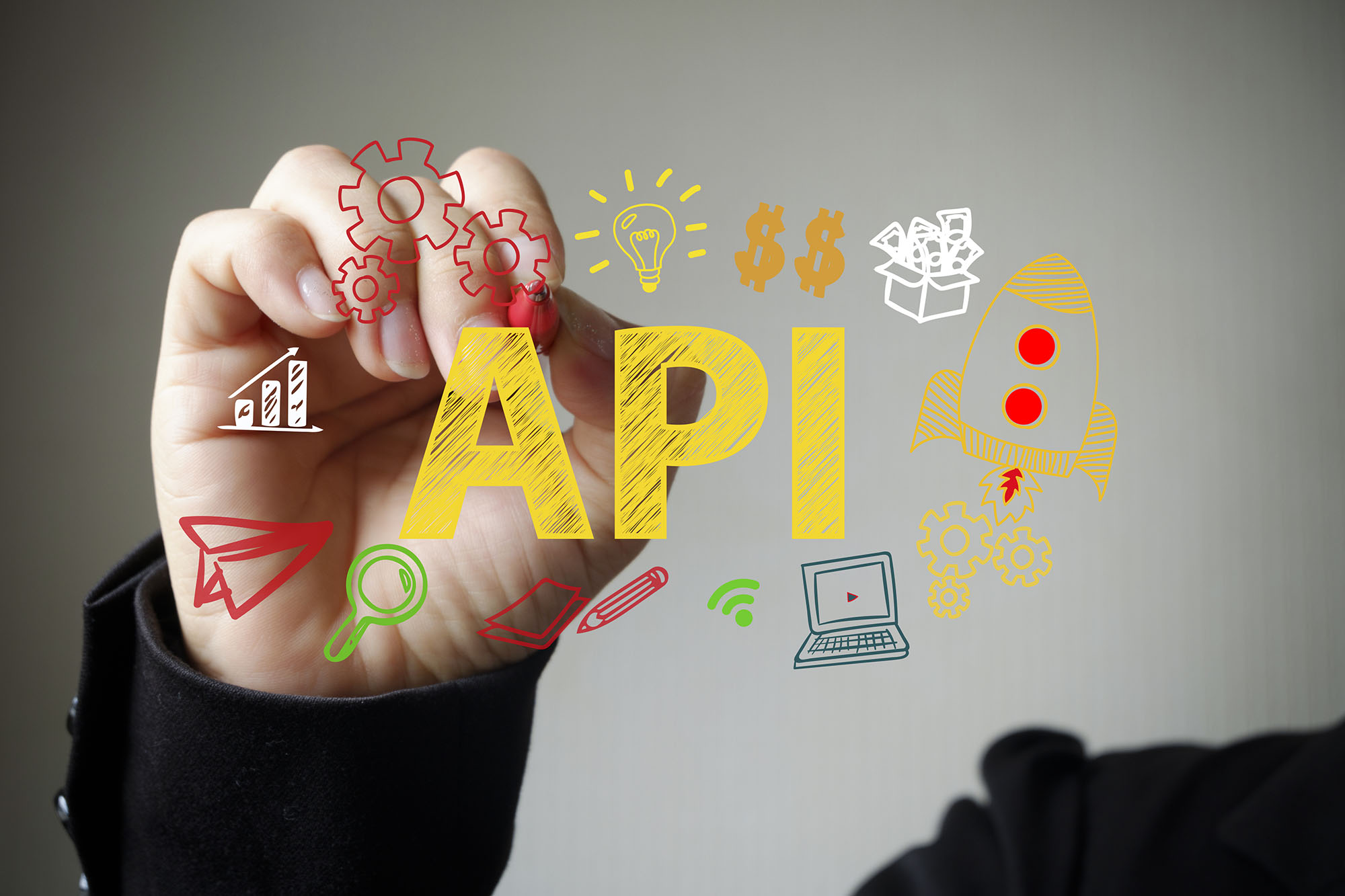
What is an API?
An Application Programming Interface (API) serves as a bridge that allows two different software applications to communicate and exchange data. Think of it as a translator or a messenger between two systems, translating requests and responses so that each system understands the other.
The Evolution of APIs
APIs have been around for decades, but their role has become increasingly critical as software development evolves and as businesses realize the importance of interoperability. With the growing adoption of cloud services and mobile applications, APIs are now indispensable tools that enable seamless functionality across various platforms and services.
Why APIs Matter
Business Agility
In today’s competitive landscape, companies must be agile and responsive to ever-changing customer needs. APIs facilitate this by making it easier to integrate new services, features, or partners. This means quicker time to market for new offerings and the ability to pivot when necessary.
Scalability
APIs allow organizations to scale their operations more effectively. By exposing certain parts of a system via an API, it becomes easier to add new components or services without having to overhaul the entire infrastructure.
Data Availability
Data is the new oil, and APIs are the pipelines. APIs enable real-time data sharing and synchronization across different systems. This is invaluable for applications that require real-time information, like tracking apps, finance applications, and many more.
Key API Components
Understanding the essential components of an API can give you deeper insights into how they function. An API typically consists of:
- Endpoint: The URL where the API can be accessed.
- Request and Response: The data sent to and received from the API.
- Authentication: Methods to ensure that only authorized users can access the API.
Types of Users
Generally, the types of users interacting with APIs can be categorized as follows:
- API Providers: Those who build and maintain the API.
- API Consumers: Developers or applications that use the API to access a service or data.
Conclusion
APIs are more than just technical jargon; they are enablers of modern digital transformation. Understanding what an API is, its critical components, and its impact on businesses can offer a solid foundation for diving deeper into the world of API development and integration.








